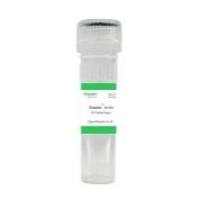Evaluation of Endothelial Function by In Vivo Microscopy
互联网
333
This chapter describes a method that permits simultaneous measurement of leukocyte–endothelium interactions and endothelial nitric oxide (NO) levels in the microcirculation in vivo. The method is also useful to study the effect of NO replenishing therapy on adhesion of leukocytes to the vascular endothelium in acute and chronic inflammatory states of the cardiovascular system. This research approach requires the combination of two well-established physiology techniques, that is, intravital microscopy and real-time measurement of NO with microelectrodes. Intravital microscopy is considered the method of choice to monitor leukocyte–endothelial cell interactions in intact vascular beds of live animals. In vivo microscopy is currently used to study the endothelial cell phenotype of mice carrying mutations or deletion of targeted genes. Intravital microscopy is also used to study endothelial cell function in acute (e.g., ischemia-reperfusion injury) and chronic (e.g., hypercholesterolemia, hyperglycemia, and diabetes) inflammatory states of the cardiovascular system. NO sensors allow for continuous, amperometric quantification of NO levels in cells and organ tissues. Coupling of NO electrode technology with intravital microscopy has recently permitted to measure NO bioavailability in the normal and inflamed microcirculation. The method described here can be used to study in vivo how acute and chronic inflammatory states of the cardiovascular system alter endothelial function resulting in endothelial cell activation and damage.








